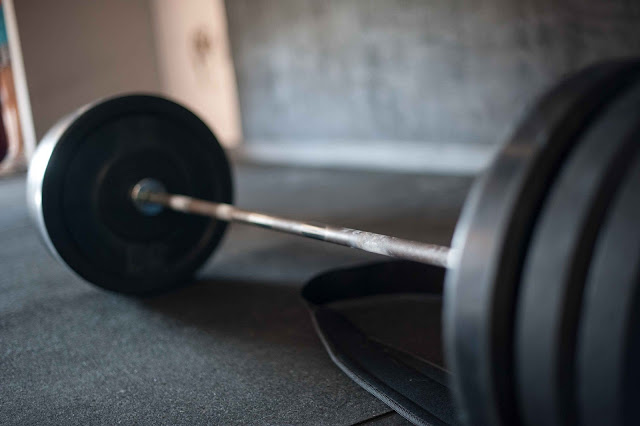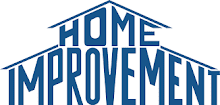A common debate among fitness enthusiasts remains to be which barbell back squat variation is better. The true answer to this remains situational. This might seem like a neutral stand; however, it is true since it depends on several contingency factors pertaining to the goal that one is trying to achieve. While neither bar squats, low or high, are better than the other, there are distinct differences between these features. The discrepancies that the back squats barbell Sydney equipment enables in terms of positional differences include:
Barbell Position:
Here, the low bar back squat is essential where the barbell is played on the middle of the back, i.e. on the posterior deltoids. In contrast, when it comes to the high bar back squat, the barbell tends to rest higher on the back, i.e. on what is known as the upper trapezius.
Hip Position:
Now, with the low bar back squat, the hip is allowed to be brought further compared to a typical high bar back squat. This is probable since the bar sits lower on the back, which affects the centre of mass.
Torso Position:
The back bar squat partnered with barbell Sydney requires a significantly upright torso. However, with the low bar back squat, you're allowed to lean your torso forward while sitting back with your hips. The reasoning is similar, i.e. because of the centre of mass where the barbell is positioned.
The mobility requirements that are supplemented by barbell Sydney stores present towards low and high back squats include:
While the high bar back squat needs far more knee and ankle flexion, the low bar back squat needs limited ankle flexion due to the forward lean ensured by the torso. Thus leading to greater flexion at the hips, requiring increased shoulder mobility such that holding the bar in the correct position is feasible.
While completing the barbell back squat, the bar needs to align with your midfoot all along. Further, one's feet should need to have three prominent contact points to the floor. As a result, the body will automatically compensate to make up for the positional difference displayed here.
Further, when it comes to the high-bar squat, the barbell is placed on the upper traps. This signifies that the bar has enhanced sway over you, making it easier for your back to round out of the safe, neutral position when you are fighting to stand up under its weight.
When it comes to heavy barbell back squats, which is stronger?
The majority of individuals can lift more weight with the low bar squat compared to the high bar ones. This is due to the biomechanics the two positions offer, where a high bar squat needs to be enhanced back strength and trunk stability, more so when it comes to heavy squatting. However, during the low bar squats, the bar rests on the posterior deltoid, supplying less leverage towards it when compared to the high bar.
There remains a minor difference in the muscles that are engaged while taking these positions; you are likely to notice a difference if you are used to one type and make a sudden switch towards the other. The high bar squat facilitates increased knee flexion and is thus used to engage more of the quadriceps muscles rather than the glutes and hamstrings.
When it comes to the glutes and hamstrings, the low bar squats focus on them more. Starting from the beginning, where one has to lean forward, the muscles are stressed. Moreover, the guards and hip flexors are continuously involved.
Lastly, more weight movement is facilitated due to the low-bar squat, which makes one stronger. The variation in leverage and muscle use makes it easier with low bar squats to move heavier weights. Whereas lifting an easy low bar weight in the high bar position would be tough, alluding to your trunk's lack of strength and stability.
The following pointers throw light on the differences between barbell Sydney facilitated low and high bar back squats.






0 Comments